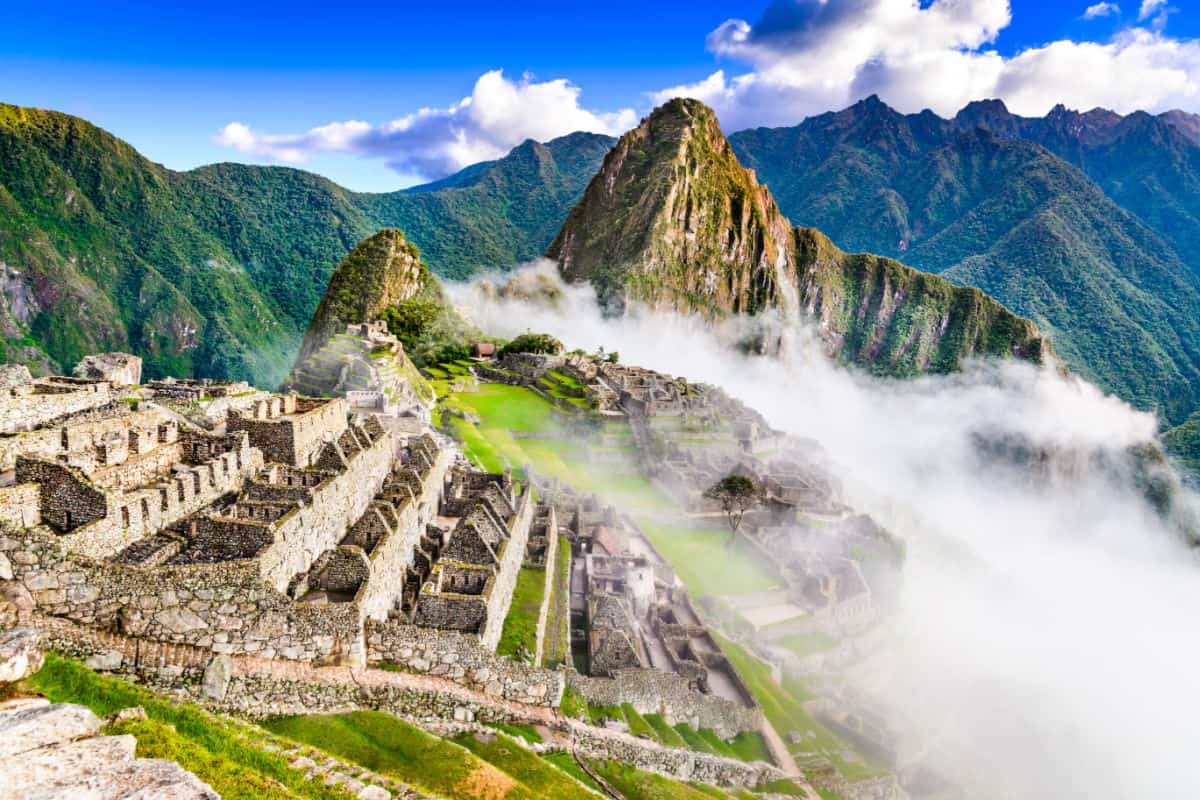The news coming out of Peru has not been very promising in recent months, with protests gripping the country, forcing the closure of the country’s most famous site, Machu Picchu, and bringing tourism to a halt. However, the recent announcement that the famed archeological site will reopen to tourists Wednesday, February 15th is a long overdue piece of good news to both Peruvians and tourists alike.
After the political upheaval of president Pedro Castillo and the following protests and riots that gripped the country, the situation in Peru seemed dire. The following days brought riots and dangerous attacks widespread around the country, including at the airport serving the popular tourist town of Cusco, as well as the suspension of the train connecting travelers to the Machu Picchu gateway town of Aguas Calientes. All of these factors combined led to the decision to close the ancient UNESCO world heritage site of Machu Picchu indefinitely from January 20th.

Background
The protests stem from a longstanding divide over social inequality and discrimination amongst the 34 million Peruvians, most notably those who live in poorer rural areas and in the Amazon. In addition, the deep mistrust of the country’s politicians is a result of years of mismanagement and corruption. The combined factors resulted in civil unrest that gripped the country.

When the civil unrest started, many heading to Peru watched the news and monitored social media only to hear stories of stranded tourists, and volatile situations. This and the closure of Machu Picchu (arguably the country’s biggest draw) led to most travelers canceling their trips. The loss of tourism revenue has sent many in the country struggling to stay afloat, having only just gotten back on their feet after the crippling effects of the pandemic. Tourist hotspot Cusco has been especially hurt, with travel guides, shop owners, and guest houses feeling the effect almost immediately.

What’s worse is that this closure and unrest have coincided with what is known to be the area’s peak tourism season. Financial hits aside, the greatest loss is arguably the estimated 60 who have perished in the violence. Having hosted 1.4 million tourists in 2022, the country was forecasted to receive about 3.5 million visitors in 2023. With the essential closure of the tourism sector so far this year, it will be hard to catch up to the projected number.
What’s Changed?
After the evacuation of tourists, a massive drop in bookings and incoming travel followed. Recently an agreement was reached between authorities, the local tourism industry, and social groups to help ensure the security of the infamous site and its connecting transportation services.

However, while Machu Picchu has reopened, there are still factors to consider when deciding if it’s time to book (or rebook) that trip to Peru anytime soon. While most of Peru’s beloved tourist attractions are open for visitors, other sites, such as Lake Titicaca, are not currently assessable via Peru (travelers must currently enter from La Paz, Bolivia if planning a visit). While protesters may have agreed to stay away from the tourist sites, protests continue in the south of the country, including in the capital of Lima.
Is it safe?
The U.S. State department’s last advisory for Peru was issued on December 22, 2022. The country was given an orange Level 3 warning, urging citizens to reconsider travel to Peru due to crime/ While the UK is advising its citizens who travel to Peru to avoid protests, monitor local media, and stay away from any of the unpredictable and violent protests in many areas of the country.

The bottom line is that travel remains a very personal choice, and at any given time, there are multiple situations occurring across the world that could be unpredictable. The most important thing to remember when considering a trip to any location that might be considered unsafe is to keep an eye on the official sources and the State Department’s official website for any latest travel advisories and remain on top of all reputable news channels.

The situation in Peru is very fluid and changing day by day. While Machu Picchu might be open today, it is impossible to determine if it will remain open in a week’s time. If you are contemplating booking a trip to Peru, consider spending the extra money for a refundable ticket or travel insurance to cover any cancelations. While operations are starting to resume, fewer air services, reduced timetables, and possible roadblocks might lead to a need to change your plans at the last minute. In addition, building some flexibility into your travel itinerates is crucial if you plan to visit Peru in the upcoming months.

